We were honoured to have World War II veteran, Mr. James Magill, join us for our school’s Remembrance Day assembly again this year. He is the great grandfather of a Super Kid and joined our class last year for Remembrance Day and Senior’s Day. The grade two students I had last year were so thrilled to see him again! Mr. Magill shared his thoughts about war with us and shared that he wasn’t worried for the future with our smiling faces leading the way. 🙂 Listen to a clip from his visit with us below.
Learning about Northern inventions such as the toboggan, snow goggles, life jacket, kayak, and parka lead the class to the realization that inventors solve problems from the world around them that makes life easier. Naturally, this lead to a class discussion on northern communities with a focus on the city of Iqualuit Nunavut. Did you follow that connection? I promise it made complete sense at the time. 🙂 We watched YouTube videos of Iqualuit which lead the class to ask a ton of questions! Why does the school have hardly any windows? What are the pipes that are going out of all the buildings? What is the name of the water near by? Why does it get dark so early in the winter? Why does the sun stay out all day in the summer? This went on an on!
Comparing and contrasting our city of Winnipeg with Iqualuit lead to lots of great discussions. With all of these discussions about northern communities, I introduced a Canadian artist named Ted Harrison. He is a famous artist that is known for his depictions of northern life. We examined some of his artwork and children’s books. Then we talked about what we noticed.
What do you notice about his artwork? The Super Kids pointed out that he uses warm and cool colours and every piece of his art seems to have bumpy or wavy lines to separate the colours. We looked closely at his paints that depicted an inukshuk. With his artwork as inspiration, the Super Kids created their own northern art pieces. The kids can’t wait to show their families their masterpieces at student lead conferences.
We welcomed the WISE program from The University Of Manitoba into our classroom to help use build balloon cars! Our special guest read us a class favourite “Rosie Revere Engineer” to inspire us. Next we learned about wheels and axels. Every wheel needs an axel to rotate. Together the Super Kids built, tested, and modified their balloon car designs.
This week we’re focusing on the Canadian invented game of hockey. Did you know that the Mi’k Maq indigenous people of Nova Scotia took inspiration from settlers who shared the game of hurling? Hurling is a game that you can play on grass with a small stick and a ball. It’s a cross between field hockey, baseball, and football. The Mi’k Maq people adapted the game to play on ice using animal jaw bones as blades. Hockey sticks were craved out of trees from their communities. The class was fascinated by this!
This afternoon we took a closer look at why things are slippery. If we walk on ice without skates or good grip why do we find it so difficult? After taking off one shoe and trying to “skate” around the classroom, the class noticed that it was easier to slide in their socks then in their shoes. Shoes have grip that provides friction and we don’t slip. With this is mind, the class was given a challenge. What material do they think would make the best “skate” to slide down the hallway? Tin foil, wax paper, newspaper, styrofoam, or cardboard. After making a hypothesis, they went to work creating their “skates” and testing them!
During snack time the Super Kids watched a “Sid The Science Kid” video about friction to reinforce the concept.
https://www.youtube.com/watch?v=Qs55zCx8GdU
Developing number sense is the main goal in math in grade 1 and 2. The Super Kids have been practicing developing their number sense through math games, math centers, and measuring each other. Using estimation jars the Super Kids can predict by making an estimation and then counting how many items are actually in the jar. At first the estimates were a bit off, but with practice the estimations are getting closer. A morning work activity the other day was to measure a friend by using non standard measurement. The Super Kids used their shoes! First they need to estimate how many of their shoes tall they thought their friend was and then they measured. Hint: Be ready to be measured at conferences this week!
I really like November! This is the time of the year when the kids have all their routines down, they see themselves as a team, and they find it safe to take a risk. We look forward to welcoming our families into our classroom community this week to share our learning. See you soon.
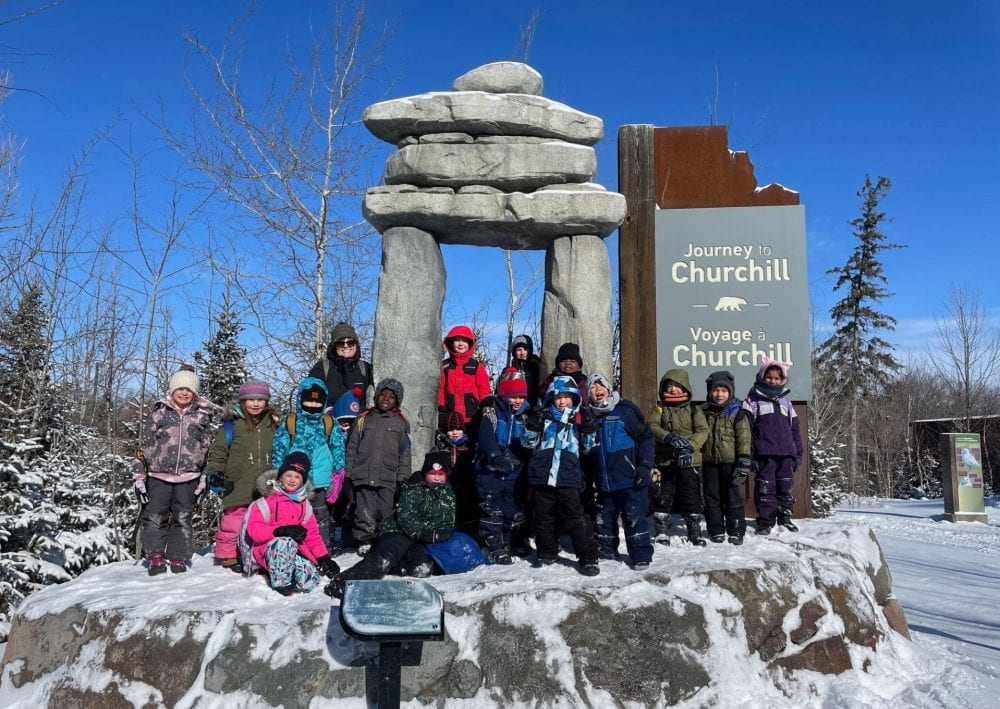
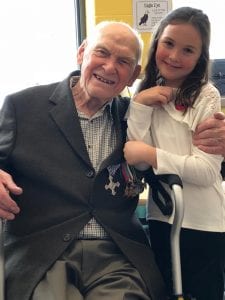
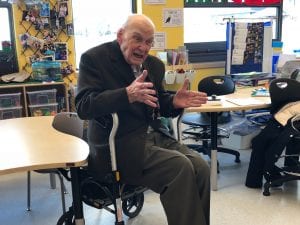
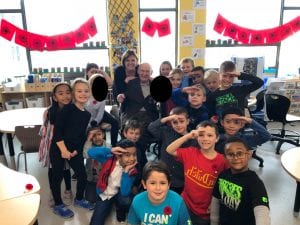
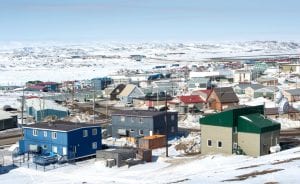
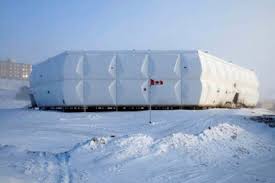
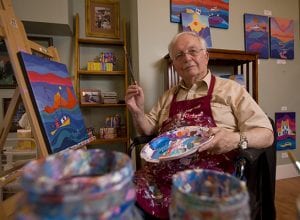
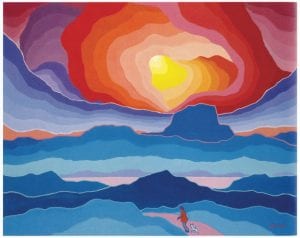
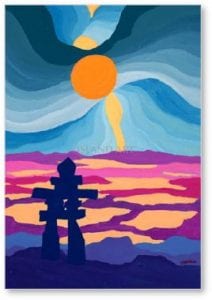
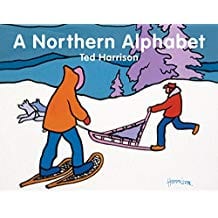
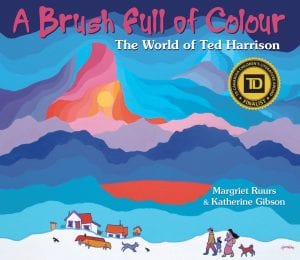
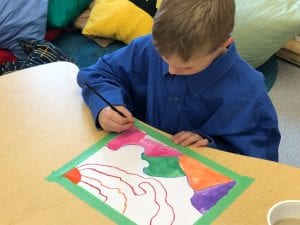
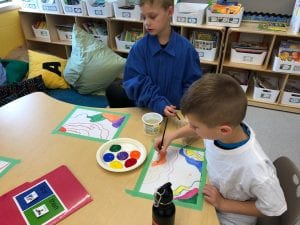
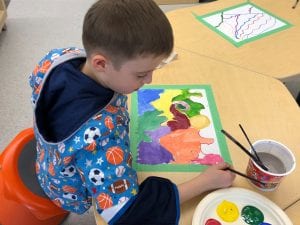
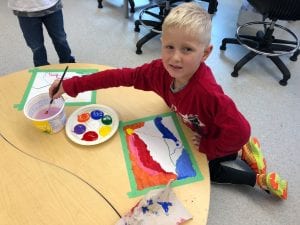
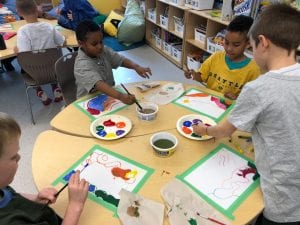
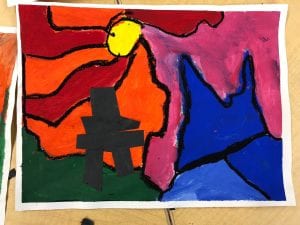
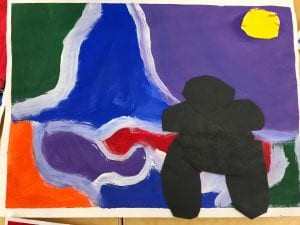
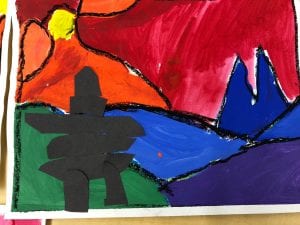
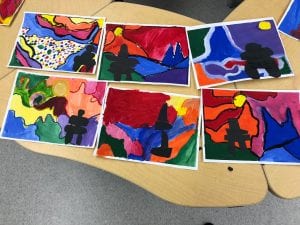
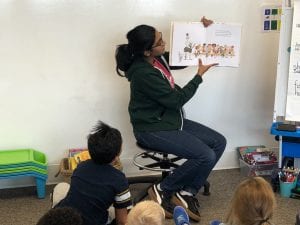
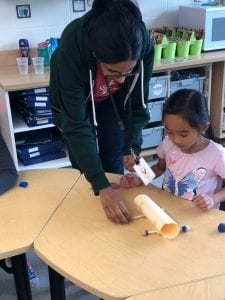
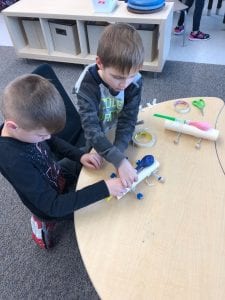
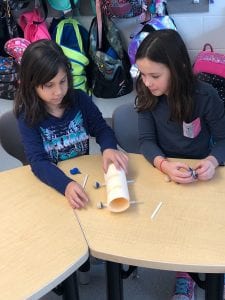

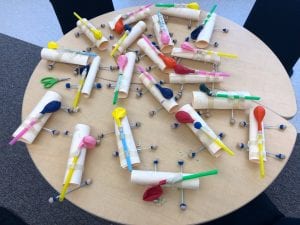
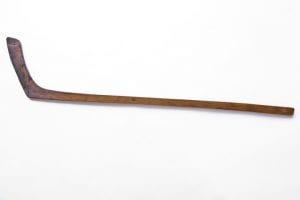

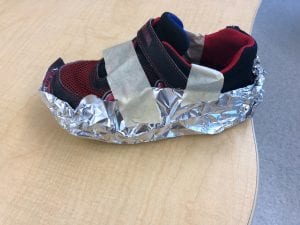
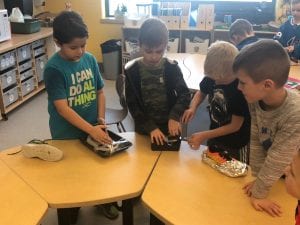
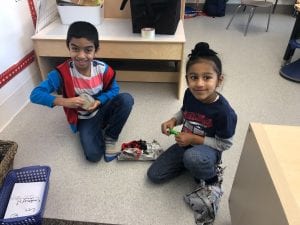
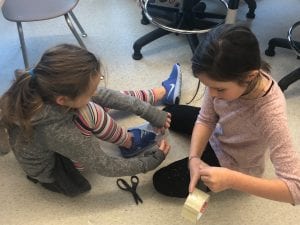
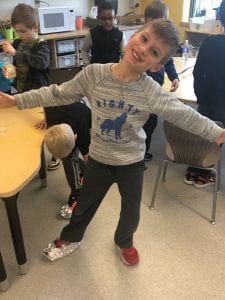
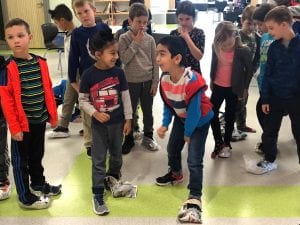
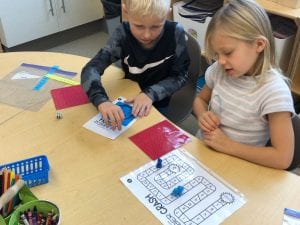




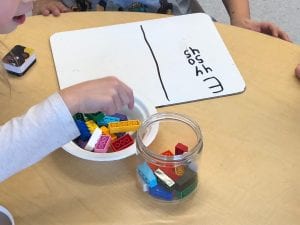
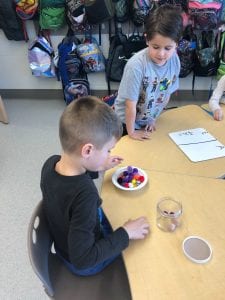

Thanks so much for the update! We love to see the pictures of the kids in action! Where do you come up with all these super ideas?!?!
Thank you Super Teacher!
Wade’s mommy